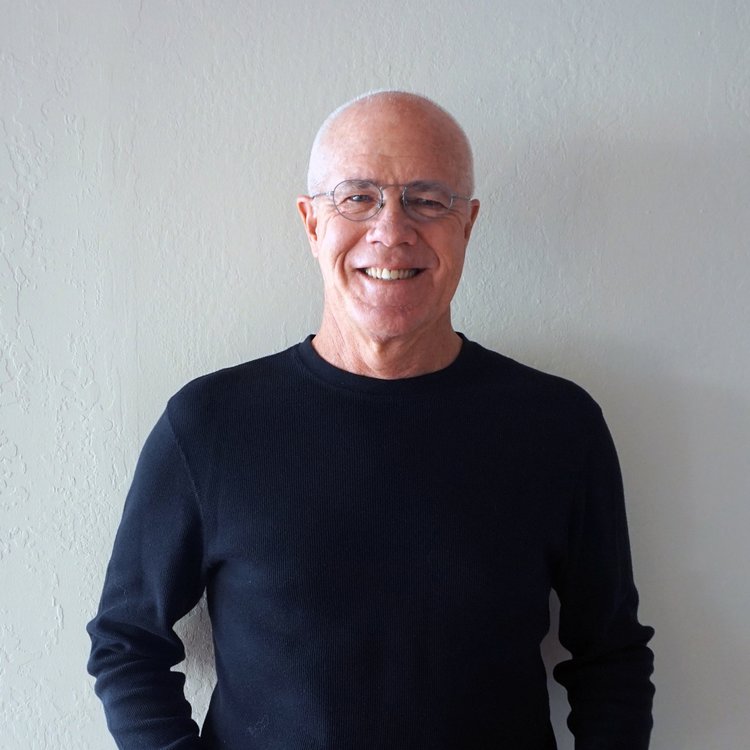First Hit: Cohn was a despicable arrogant man, and I can see why he and Trump were good friends.
When Donald Trump asked out loud, “where’s my Roy Cohn,” he was fondly thinking about his past relationship and mentor Roy Cohn. Cohn was a former federal prosecutor who prosecuted the Rosenbergs’ in 1951 and then became assistant to Joseph McCarthy during the McCarthy communist hearings of 1954.
Regarding the Rosenberg trial, in one of the clips in this movie, he’s shown saying he would have liked to flip the switch to kill them both. His hooded eye look, when he talked, gave many people the sense and feeling that Roy was the devil, shady, to say the least.
In the McCarthy hearings, Joseph McCarthy and Cohn made names for themselves. Cohn and McCarthy were pathological in their intent that they alone were the defenders of our democracy. In doing so, they believed they needed to call-out and root out anyone suspected of being a communist sympathizer. They were focused on fear-based thought that the Soviets (Russia and the Soviet Union at the time) were going to destroy our government and our way of life. During these sets of hearings, they destroyed the lives of many people.
What we see as audience members are that both McCarthy and Cohn used the tactic of deflection of the truth with an alternative story to push attention on to something other than what needs to be focused on.
Although I was unaware of it earlier, the film also points out the McCarthy was a closet gay man. With Cohn also being a closeted gay man, the hearings also helped to deflect attention away from their own personal stories and struggles. Those stories also provided fodder for their downfall.
Reading the above, do you note how Trump uses the same pattern of deflection to steer attention away from his own wrongdoing? Yes, this is what DJT does, when he is caught up in something that is a detriment to himself, he deflects and pushes the subject towards something else. Additionally, throughout the film, Cohn is quoted and is shown saying he never apologizes or admits he is wrong about anything. Note the similarity to DJT?
When did DJT learn more about the effects of openly lying and deflecting away from the real story? Donald Trump and his father Fred met Cohn in 1973 when DJT and his father were being sued by the US Government for violating the Fair Housing Act. Cohn came to the rescue. Continuing the pattern of lying and deflection, the case was not prosecuted to the full extent of the law. It was at this time, Donald and Roy became close friends, and for years Cohn worked with Trump to excoriate opponents of the DJT companies. Roy became Donald’s mentor.
The film spends time talking about his upbringing and his lifestyle. It showed him high from the full range of drugs he’d consume, but it was also always about creating a more prominent story somewhere else so that the attention to his own issues or behavior was not being scrutinized.
Cohn denied he was AIDS-stricken and until the end he publicly stated he wasn’t gay and that he didn’t have AIDS, although his friend Nancy and Ronald Reagan got him into specialized AIDS treatment programs.
I cannot imagine that he died with internal peace.
The only redeeming value brought up in the film about Cohn was that he was loyal to his friends. It was interesting to note that when he was finally disbarred from practicing law for his many illegal practices, his friends, including Trump, failed to show him support.
The documentary uses photos, news stories, and film/video clips of interviews with Cohn to document Cohn’s career.
Matt Tyrnauer directed this film chronologically and highlighted the salient points of Cohn’s life.
Overall: It’s no wonder Trump said, “where’s my Roy Cohn” when he admonished his Attorney General Jeff Sessions for not lying, covering up, or protecting him like Cohn. Cohn was a liar and thief, and as wrong as Sessions was, he wouldn’t go that far.
